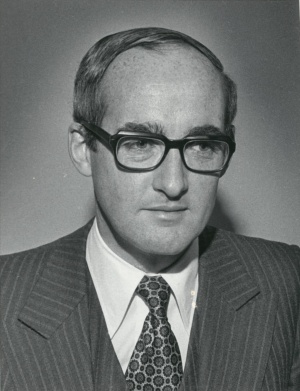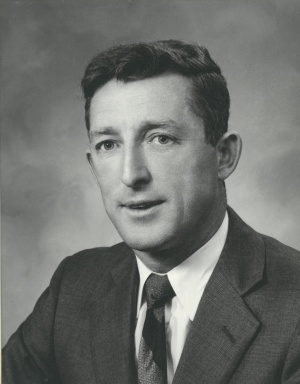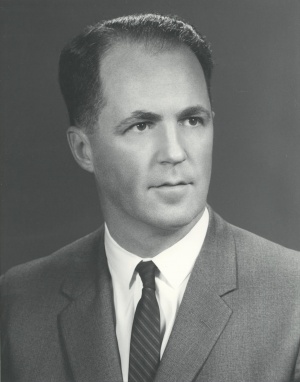Main Page
Welcome to the Engineers Geoscientists Manitoba Heritage Wiki Site
This site is a collection of significant engineering and geoscience related projects planned, designed and/or completed within Manitoba, and around the world, by our members over the past 100 years. The site also provides background information on a selection of notable Manitoba engineers and geoscientists who have made significant contributions to the profession over its history. In addition, there is an archive of material containing association historical records such as past publications and lists of members.
Engineers Geoscientists Manitoba, main purpose is to regulate the Engineering and Geoscience professions in the Province of Manitoba but also promotes the advancement of engineering/geoscience knowledge and professional development. There are also many international, national, and provincial technical societies and associations with complementary professional development objectives. It is not unexpected that these many technical societies also have documented their heritage within their scope of interest. The additional background reference material and documentation available from these organizations are particularly useful sources of information that complement the information compiled by the Engineers Geoscientists Manitoba Heritage Committee. In many cases some projects with connections to our membership have received national recognition and have been described to some degree. This wiki site endeavours to provide links to these other undertakings, to increase the breadth and depth of the information available.
The objectives of this wiki site are:
- Publish comprehensive project descriptions,
- Encourage further contribution of the knowledge base through a Wikipedia concept,
- Consolidate and leverage related information,
- Promote awareness of international and national recognition. For example, the Canadian Society of Civil Engineers (the oldest technical society in Canada) has recognized four Manitoba Projects as National Historic Sites. The project descriptions of those projects have been expanded on this wiki site to recognize this.
As the wiki site is a work in progress, we encourage your comments, corrections and additions. Please feel free to add to this body of knowledge by contributing to this site with your own past projects. If you have any comments or questions please contact us at APEGM.heritageeng@gmail.com.
Links
The Heritage Committee has been collaborating with members of the Manitoba Historical Society (MHS) over the last number of years in areas of mutual interest. Much Engineering and Geoscience history has been compiled and published by the MHS and this wiki site tries to leverage as much information as possible and expand the knowledge base where practical. The same could be said for several of societies described below. Researchers are encouraged to review other possible sources to obtain as broad a history as of interest.
Click on the links below to visit the constituent societies:
The Canadian Nuclear Society https://cna.ca/
The Canadian Society for Chemical Engineering CSChE
The Canadian Society for Engineering Management CSEM
The Canadian Society for Mechanical Engineering CSME
The Canadian Dam Association CDA
The Canadian Geotechnical Society CGS
The Canadian Society for Bioengineering CSBE
IEEE Canada IEEE Communications Society History Origins - The "roots" of the IEEE Communications Society extend back to the American Institute of Electrical Engineers (AIEE) which was founded in 1884, and the Institute of Radio Engineers (IRE) which was formed in 1912. These formed the Institute of Electrical and Electronics Engineers (IEEE) on January 1, 1963.
AIEE (American Institute of Electrical Engineers) - The original fields of interest of AIEE were electrical communications and power engineering. Electronics engineering evolved from the radio field and expanded greatly during World War II, overlapping into the communications and (to a lesser extent) the power fields. Methods were developed to foster cooperation and interchange of information among members of each of the original Institutes with their narrow common interests. The AIEE formed "Divisions" with "Communications" as one major entity. No special organization was chartered, although separate Technical Committees (TCs) reviewed papers for, and conducted sessions at broad-based AIEE Conferences. Most of these papers were later published in the AIEE Transactions.
The Canadian Medical and Biological Engineering Society CMBES
The Canadian Society for Civil Engineering CSCE
The Institute of Industrial and Systems Engineers IISE
The Tunnelling Association of Canada TAC
The Canadian National Committee of the International Union of Radio Science URSI Canada Other organizations of interest include:
The Canadian Academy of Engineering CAE
Bowman Centre Western Research Parks
|
|
|
|
Engineering and Geosciences Wiki Articles
Hydroelectricity
Notable People
Association History
Transportation
Aeronautics
Waterworks
Other
Last 3 Articles Created
- 16:40, 27 February 2024 Louise Bridge (hist | edit) [10,331 bytes] Gcook (talk | contribs) (Created page with "'''CPR Comes to Winnipeg: The Louise Bridge''' In 1881, a modest steel through-truss bridge in Manitoba changed the course of Canadian history. British Columbia had joined Canada on assurances from the federal government that it would soon be connected by railway to the rest of the country. A major hurdle to completion of this lofty goal was a crossing of the Red River. The obvious candidate sites were at Selkirk and Winnipeg. <br> Sandford Fleming, the railway’s chie...")
Editing and Creating Articles
Creating a new Page Click Here. Note: You will need to confirm your email account before you can create or edit pages.
- Learn more about wiki in our Wiki 101
- Register with a valid email address to create and/or edit pages
- Change your Editing Preferences
- Read About us and about Our Copyright Guidelines
- APEGM Heritage Help Page









































